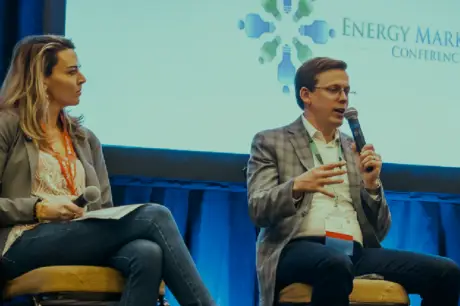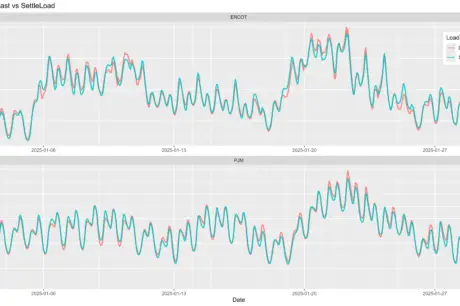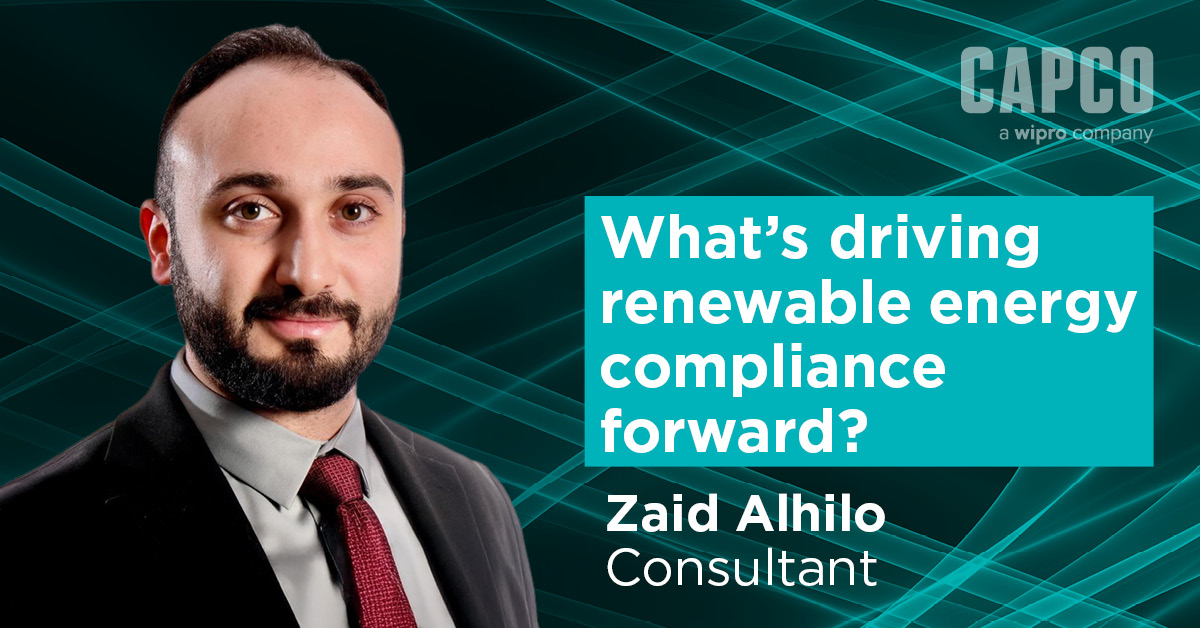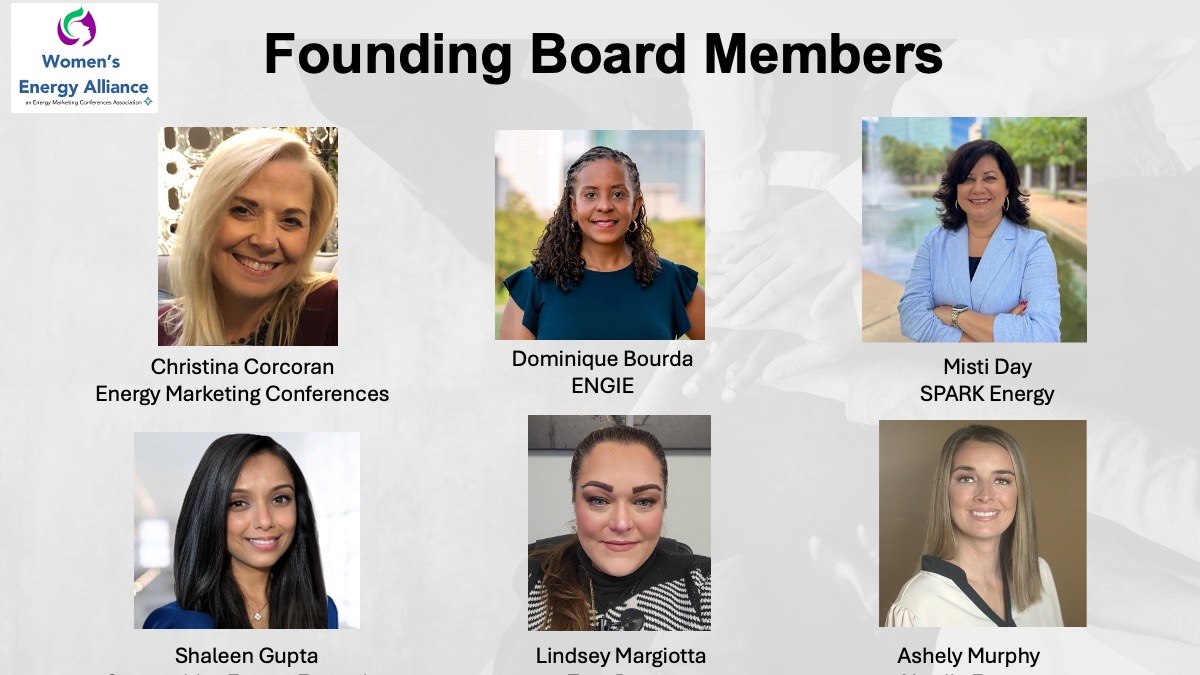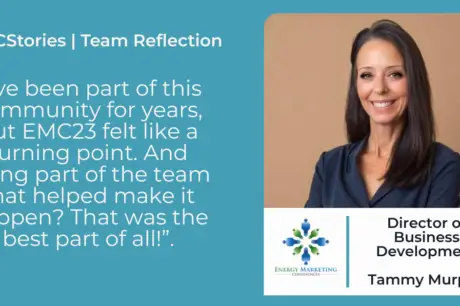The big debate for marketers is whether to focus on net new customers or to devote time to retaining existing customers. Retail Energy Providers (REP) can learn a lot from many of the large telecom, wireless, and cable operators. These companies have evolved significantly over the last two decades in their sales and marketing efforts. In the initial stages of their evolution, they were clearly focused on things like customer acquisition. It felt like a leaky bucket, where the attention was on net gain while they were simultaneously losing customers at a rapid pace. They viewed the answer to their attrition problem was to, in essence, ‘steal’ their competitor’s customers.
These giant utility companies finally realized that their approach was not sustainable and most of the time it was cost-prohibitive. They came to the realization that it was costing them five times as much to acquire new customers than it was to hold on to their existing customers. They also determined that simply increasing customer retention by 5% could lead to an increase in profits by 25-95%.
We have noticed that REPs are in a similar situation today. There are no new deregulated markets, so the market size has mostly remained the same. This is leaving REP marketers to mainly focus on ‘stealing’ their competitor’s customers rather than retaining their own. This is not to say that every REP is putting a majority of its efforts into acquisitions. We are seeing a few examples of REPs that are starting to put more of a focus on retention, and the initial results look promising.
In a world where the power of Artificial Intelligence (AI) is becoming more and more accessible by almost every organization of any size, we encourage REP marketers to look at the possibility of starting to focus on customer retention and learning to understand why a customer chooses to leave or chooses to stay. Based on these insights, they can tweak their marketing campaigns to build customer loyalty and increase the customer lifetime value.
It has been reported that if you have built a strong rapport with your customers, the likelihood of an existing customer purchasing new products or extending their existing services is between 60-70%, whereas trying to sell to a new customer is only in the 5-20% range. With AI and machine learning, you can start to see trends from the existing data you already have to start offering individualized products and services which will help the marketers hold on to more of the current customers, which in turn will build the customer’s loyalty to the company. A survey was conducted by a customer experience agency focusing on the likelihood of existing customers repurchasing from their provider. The results showed that a loyal customer is 5 times as likely to repurchase, and also 4 times as likely to refer (free marketing), and 7 times as likely to try new products or services.
So instead of playing the customer switching game with your competitors, why not lean into the capabilities of AI to empower your marketing team with the ammunition to offer customers individualized products and services to decrease attrition. Don’t be one of the US companies that lose $136.8 billion per year from customers switching to the competition.
Saurajit Kanungo is President at Cyber Group, an IT Consulting company that helps companies grow in unison with the ever-changing marketplace by guiding its clients to leverage information technology solutions with fast entry-to-market results.



